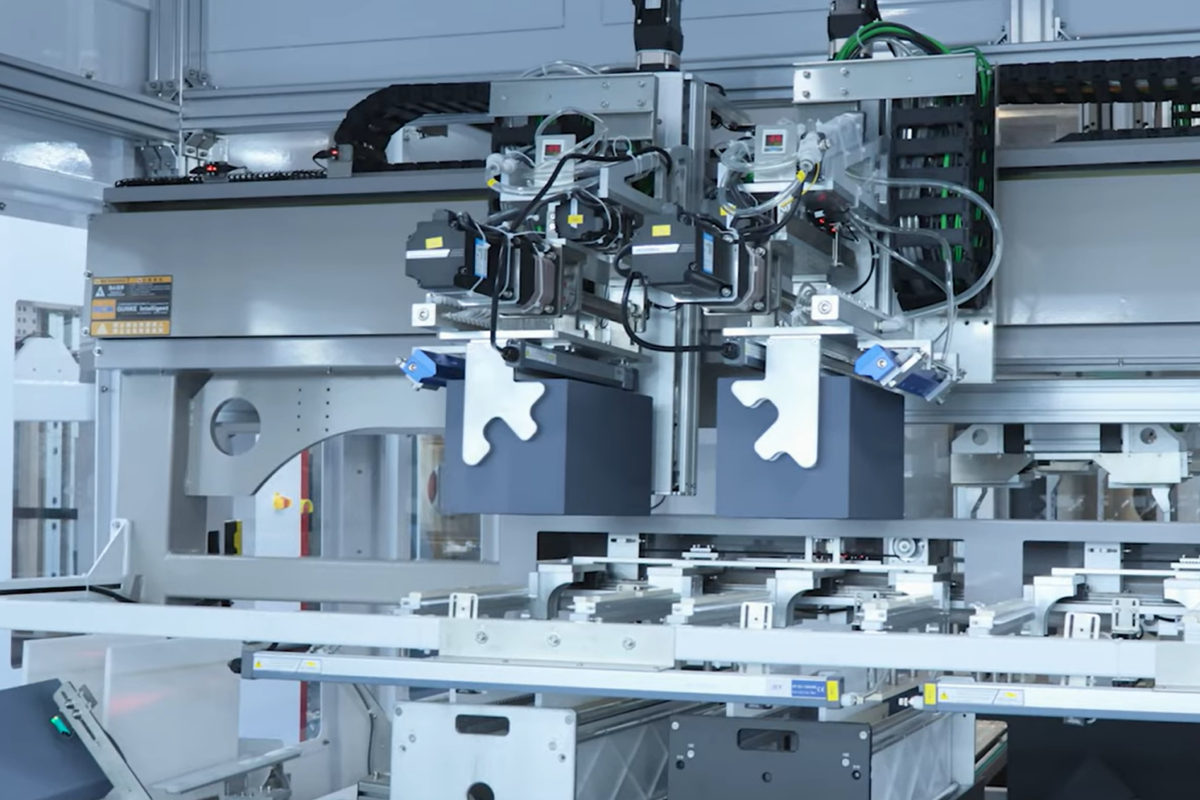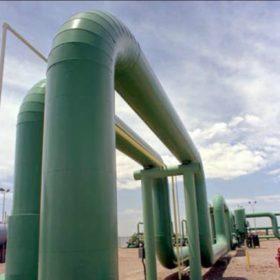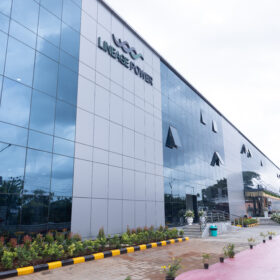Fleet electrification is central to decarbonizing India’s transport ecosystem—encompassing delivery and logistics, ride-hailing, municipal services, and public fleets. Demand is surging, driven by e-commerce growth, urban mobility expansion, and ambitious government mandates.
A recent analysis indicates that by 2030, as much as 70% of all commercial vehicles and a similar share of buses and last-mile EVs are expected to be electric—demonstrating that fleets could become the dominant segment of India’s EV market Bolt Earth.
However, scaling electrified fleets relies not just on vehicles, but on the infrastructure that powers them: without a robust, accessible, and optimized charging ecosystem, fleet EV adoption may stall, undermining both environmental goals and operational efficiency.
Infrastructure Roadblocks Slowing Fleet Adoption
- Uneven network distribution: Charging assets remain concentrated in core urban pockets, with peri-urban, rural, and highway corridors underserved—creating range anxiety and operational detours.
- Grid constraints in fleet-dense zones: Limited feeder capacity, transformer bottlenecks, and peak-time loads curb availability of fast charging where it is most needed, depressing uptime.
- Land and permitting friction for depots: Securing, zoning, and wiring land parcels for depot-based overnight charging is slow and capital-intensive, delaying fleet transitions.
- Interoperability and standardisation gaps: Divergent connectors, charging speeds, payment rails, and software platform silos raise complexity and cost; harmonised hardware/software standards remain a prerequisite for scale.
“Analysts project India’s passenger EV market to grow 40% in 2025, reaching nearly 138,000 units, underlining the opportunity—but only if charging and financing hurdles are resolved’’.
Fleet-Centric Charging: A Different Set of Needs
Unlike personal EV usage, fleet operations demand:
- High uptime with fast turnarounds: High-power DC charging (>100 kW where applicable) and predictable queueing to keep vehicles in service.
- Dual-mode energy strategy: Depot-based overnight charging for bulk energy at lower tariffs, complemented by on-route top-ups at strategically placed hubs to reduce dead kilometers.
- Smart Energy Management Systems (EMS): Real-time load balancing across chargers, dynamic scheduling tied to duty cycles, demand response to grid signals, and optimal utilisation across 2W/3W/4W/HDV sub-fleets.
New Charging Models Emerging for Fleets
- Charging-as-a-Service (CaaS): Subscription or pay-per-use models that let operators outsource infrastructure build-out, maintenance, and uptime SLAs—converting capex to opex.
- Temporary, flexible power at hot spots: Portable or quickly deployable charging (including containerized units or short-term grid connections) at seasonal or event-driven demand clusters.
- Battery-swapping hubs for 2W/3W: Ultra-rapid energy delivery with minimal dwell time, ideal for high-churn last-mile fleets; standardized packs and interoperable stations accelerate scale.
Role of Urban Local Bodies (ULBs), DISCOMs, and State EV Policies
- ULB-led zoning and permitting: Clear norms for last-mile depots, right-of-way (RoW) for cabling, parking allocation, and signage streamline approvals and reduce time-to-energize.
- DISCOM enablement: Dedicated feeders for fast-charging hubs, timely service connections, sanctioned loads aligned to projected fleet growth, and time-of-day tariffs to flatten peaks.
- Policy alignment: State EV policies that recognize fleet-first needs—single-window clearances, harmonised technical standards, and incentives for shared/public fleet hubs—unlock faster deployment.
Public–Private Collaborations That Work
- OEMs × logistics partnerships: Co-investment and long-term offtake agreements de-risk charging assets and ensure anchor demand.
- Smart-infra pilots: Co-locating chargers with solar + storage to buffer the grid, shave peaks, and improve reliability—especially in constrained feeders.
- Data-sharing frameworks: Anonymized utilisation and load data shared among operators, ULBs, and DISCOMs to optimize siting, sizing, and future upgrades.
The Way Forward (Actionable Horizon Plan)
Short-term
- Publish zoning maps for high-demand fleet areas (warehouses, dark stores, bus depots, transit nodes) and prioritize permits there.
- Incentivize shared fleet hubs (multi-operator access) with standardized connectors, roaming/payment interoperability, and EMS-driven scheduling.
- Fast-track dedicated feeders and transformer upgrades at identified hot spots.
Mid-term
- Develop integrated logistics parks and municipal depots with pre-installed EV-ready infrastructure (trenching, cabling, plinths, switchgear) to reduce retrofitting costs.
- Scale CaaS offerings and battery-swapping networks for 2W/3W; deploy modular DC fast-charging (multipack architectures) for 4W/HDV fleets.
- Expand renewables + storage hybrids (including second-life batteries) to hedge tariffs and improve resilience.
Long-term
- Establish a national framework for fleet-first EV corridors with uniform technical standards, open payments/roaming, and high-availability SLAs at highway intervals.
- Adopt data-driven infra planning (duty cycles, heat maps, grid headroom) to right-size capacity and sequencing of upgrades.
- Enable Vehicle-to-Grid (V2G) participation where feasible, turning fleets into grid-support assets under clear market rules.
Technology Enablers (Built for Indian Operating Conditions)
- High-end fast chargers & modular multipacks: IoT/AI-enabled monitoring, predictive maintenance, and hot-swappable power modules that scale with fleet growth and cut early capex risk.
- Interoperable by design: Standards-compliant connectors, open protocols, and harmonised payment/roaming to simplify multi-OEM operations.
- Renewables and storage integration: Rooftop/ground-mount solar to offset daytime loads; stationary or second-life batteries to manage peaks and provide backup.
- EMS at the core: Forecasting, scheduling, and dynamic load allocation aligned to route plans, tariffs, and grid signals—maximizing utilization and uptime.
Conclusion
India’s EV shift depends more on charging infrastructure than just vehicles. Building reliable fleet charging—where usage is highest—will cut emissions faster, save costs, and improve city air quality.
“With India targeting 80 million EVs on the road by 2030, fleet electrification will be central to meeting both business goals and national climate commitments.”
Treating fleet charging as infrastructure—planned, zoned, and integrated with the grid—rather than a utility side-show is the foundation for sustainable, efficient urban logistics.
The views and opinions expressed in this article are the author’s own, and do not necessarily reflect those held by pv magazine.
This content is protected by copyright and may not be reused. If you want to cooperate with us and would like to reuse some of our content, please contact: editors@pv-magazine.com.








By submitting this form you agree to pv magazine using your data for the purposes of publishing your comment.
Your personal data will only be disclosed or otherwise transmitted to third parties for the purposes of spam filtering or if this is necessary for technical maintenance of the website. Any other transfer to third parties will not take place unless this is justified on the basis of applicable data protection regulations or if pv magazine is legally obliged to do so.
You may revoke this consent at any time with effect for the future, in which case your personal data will be deleted immediately. Otherwise, your data will be deleted if pv magazine has processed your request or the purpose of data storage is fulfilled.
Further information on data privacy can be found in our Data Protection Policy.